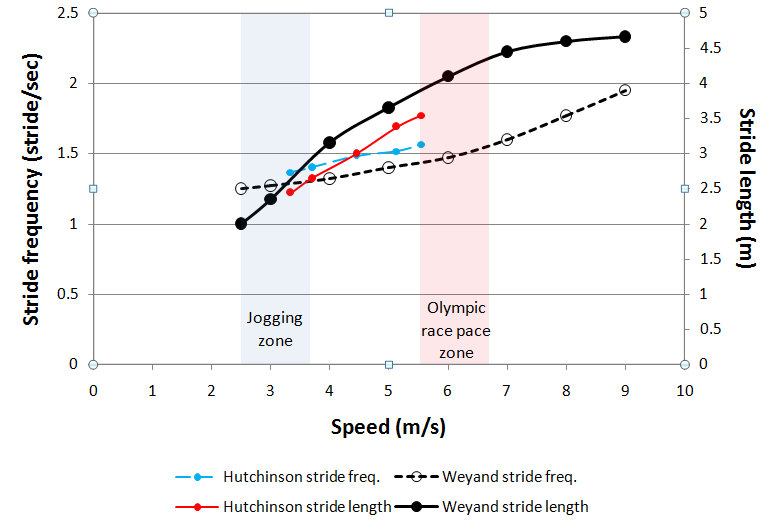THANK YOU FOR VISITING SWEATSCIENCE.COM!
My new Sweat Science columns are being published at www.outsideonline.com/sweatscience. Also check out my new book, THE EXPLORER'S GENE: Why We Seek Big Challenges, New Flavors, and the Blank Spots on the Map, published in March 2025.
- Alex Hutchinson (@sweatscience)
***
Another interesting pacing study, with many similarities to the one I blogged about last week, published once again in Medicine & Science in Sports & Exercise. Cyclists are asked to do a series of 2,000-metre time trials in a pseudo-virtual reality set-up. Most of them they perform solo, but in one of the trials they race against a virtual competitor (who, unbeknownst to them, is actually programmed to exactly mimic their own previous trial). The result is obvious: competition improves performance, so they’re able to beat their doppelganger and race significantly faster.
What’s interesting is how they manage to beat their previous performance. Throughout the race, the power generated from aerobic sources is exactly identical in all the different trials. But the power from anaerobic sources is significantly higher in the “racing” scenario during the second half of the race (during the last 90 seconds or so, in other words).
What does this mean?
Consequently, it has been argued that all exercise performances are sub-maximal, since they are terminated before there is a catastrophic metabolic or cardio-respiratory failure, and that a physiological ‘reserve’ capacity will always remain. The ergogenic effects of the [head-to-head] competition might therefore result from the central influence of some motivational or dissociative effect enabling the use of a greater degree of the physiologic ‘reserve’ capacity.
That’s actually quite a powerful statement: “all exercise performances are sub-maximal.” If the stakes are raised sufficiently, you can always squeeze out a little extra. I think most of us grow up knowing this intuitively, but at some point — after we start learning about VO2max and lactate threshold and so on — it’s often forgotten.

 Most surprising to me was (a) how consistent my cadence was when I repeated measurements at the same pace, and (b) how much it changed between paces: from 164 to 188, with every indication that it would decrease further at slower paces and increase further at faster paces. This certainly confirms what Max Donelan, the inventor of a “cruise control” device for runners that adjusts speed by changing your cadence,
Most surprising to me was (a) how consistent my cadence was when I repeated measurements at the same pace, and (b) how much it changed between paces: from 164 to 188, with every indication that it would decrease further at slower paces and increase further at faster paces. This certainly confirms what Max Donelan, the inventor of a “cruise control” device for runners that adjusts speed by changing your cadence, 
 This graph sheds some interesting light on a longstanding debate about the origins of the “finishing kick,” which is a pretty much universal phenomenon in endurance races lasting longer than a few minutes. Why are we able to accelerate at the end, when we should be at our most tired? The conventional answer is that we’ve been relying primarily on aerobic energy throughout the race, but as the finish line approaches, we can mobilize anaerobic sources — the same ones we’d use to sprint 100 metres — and exhaust them just as we cross the line. The “alternate” explanation is that the brain has been limiting exertion in order to preserve homeostasis, but permits us to access some of those reserves as we approach the finish line (with the implicit promise that we’ll then stop and allow the body to recover).
This graph sheds some interesting light on a longstanding debate about the origins of the “finishing kick,” which is a pretty much universal phenomenon in endurance races lasting longer than a few minutes. Why are we able to accelerate at the end, when we should be at our most tired? The conventional answer is that we’ve been relying primarily on aerobic energy throughout the race, but as the finish line approaches, we can mobilize anaerobic sources — the same ones we’d use to sprint 100 metres — and exhaust them just as we cross the line. The “alternate” explanation is that the brain has been limiting exertion in order to preserve homeostasis, but permits us to access some of those reserves as we approach the finish line (with the implicit promise that we’ll then stop and allow the body to recover).